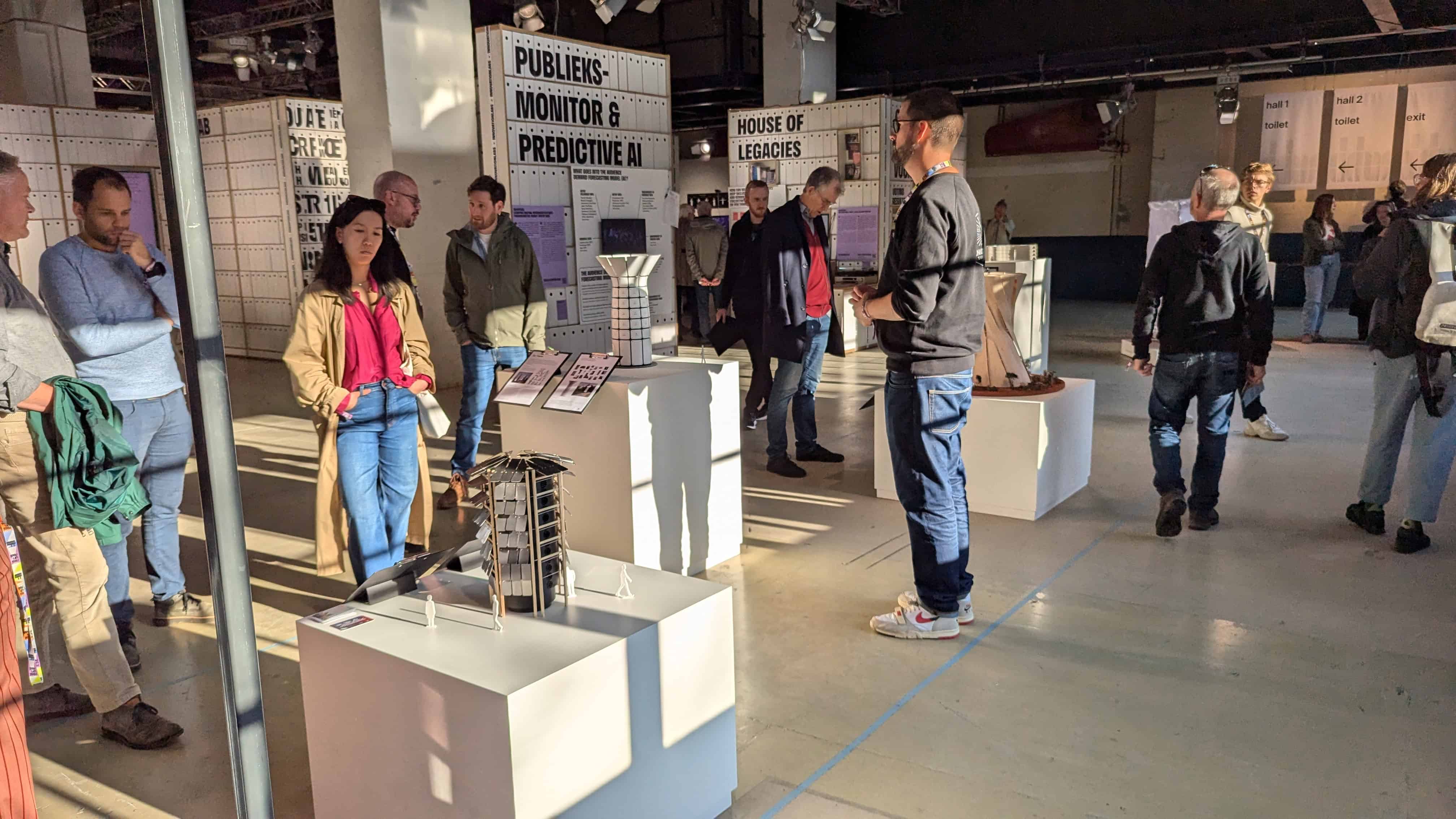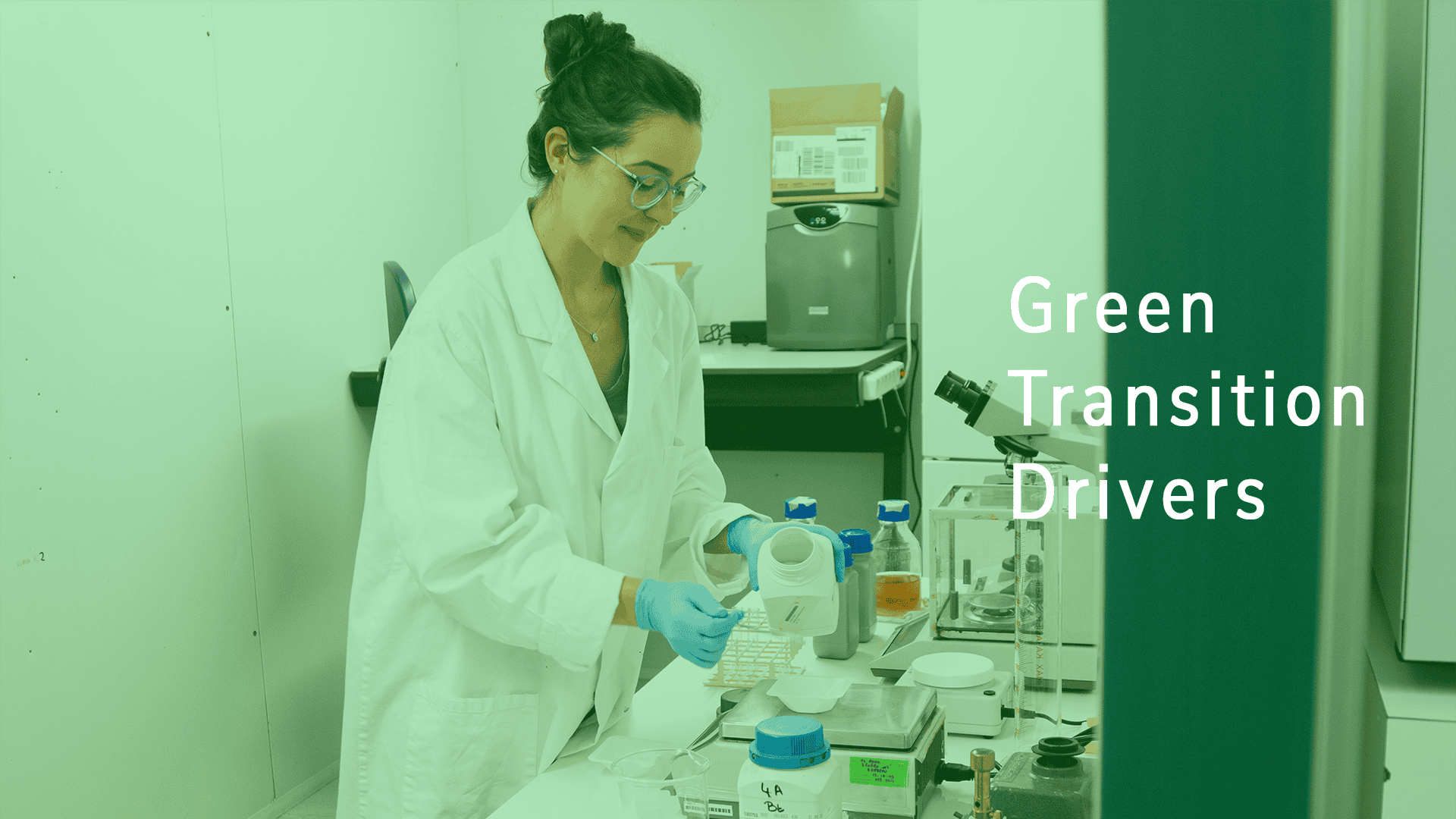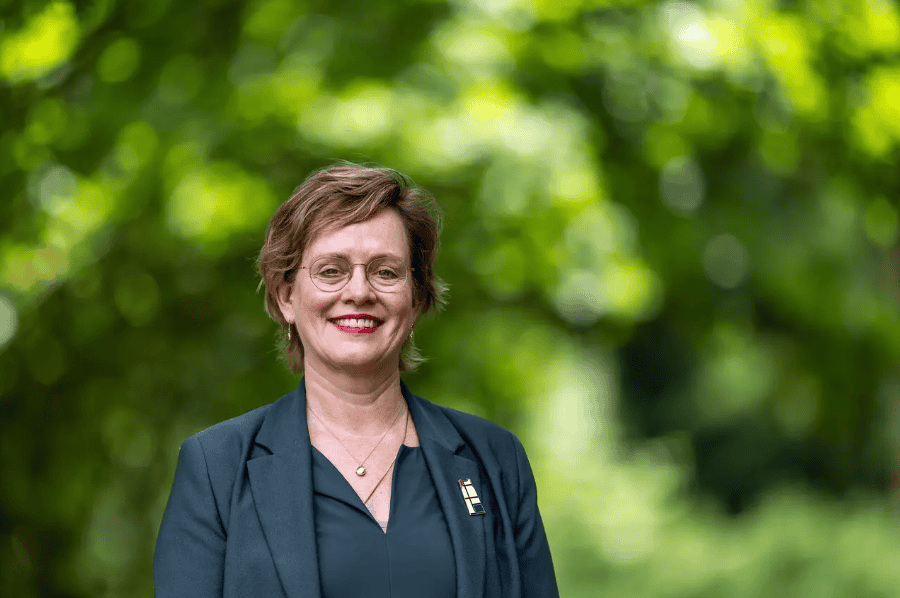
Nid-O is a Spanish start-up that was born out of its funder’s desire to take a hands-on role on the planet’s preservation. Olivia Gauss saw the potential she was looking for in circular materials and furniture design. Nid-O connects thought its website European innovative material makers in circular economy loops with the best and boldest designers in order to provide unique limited editions furniture pieces signed by top designers.
It also allows buyers to be part of the materials’ development as Nid-O will re-inject a final bonus of 5% of the revenues in their investigations.
All the materials they work with are coming either from industrial or organic waste. They have been created for a real lasting lifecycle but are biodegradable and/or recyclable. They have no toxic chemicals added and no environmental impact; even if they degrade slowly they would finish as nutrients for a natural ecosystem, or they can be recycled. Additionally, their micro-collections are fairly crafted in Barcelona workshops or small factories according to material needs.
The start-up is in its early stages and it is preparing to launch the first limited edition next months, which combines the design of Luis Eslava with the new material Honext, which is an alternative to wood. Gauss is not shy in expressing her enthusiasm and excitement. She feels “like a mother deeply believing in her kid’s potential and eager to see how she’ll blossom”.
Innovation Origins talked with her about the initial stages of the start-up, the challenges and her vision.

How did you come up with the idea?
After a working in marketing/communication, I decided to take action and contribute to preserve the Planet. I actually wanted to do so for years but could not find how so, at the end of the day, I was mainly sorting my home trash, avoiding supermarkets and a few more daily moves. Once I decided everything started to come together like a puzzle, piece by piece, until the whole Nid-O concept was figured out. I started to investigate about circular economy, meet people, talk, learn; I found out that on the one side many SME’s, or green startups, had been investigating for years in R&D to develop new clean materials. On the other side, many great designers of all generations were putting sustainability at the heart of their thinking. When I was a child, my dad made some home furniture for us with recycled materials, he was a self-made decorator, we grew up surrounded by Design books and I loved it. The loop was closed.
You mentioned circular economies and how you aim find ” the most innovative materials makers in circular economy loops”, what exactly do you mean with this?
We’ve been sourcing various new circular materials that are still under development by European green startups but reaching their final R&D stage. They’re all coming from waste (whether industrial or organic) and biodegradable and/or fully recyclable. We are talking about unseen materials, all referring in terms of technical properties to a well- known one such as wood (MDF), plaster, plastic or leather. The idea is to impulse them in Premium Design as soon as they’re technically ready, preventing them from being only and exclusively associated to functional purposes just because of their waste origin. Waste is a resource and can definitely be beautiful once transformed by science, technology but also talent and commitment.
What kind of materials do you guys use?
Together with Luis Eslava, a talented Spanish designer with international experience, we are currently prototyping our 1st limited edition of small furniture. We are working with Honext, a revolutionary fibreboard coming from the paper industry waste and completely biodegradable/recyclable. This is a healthy new material (no VOCs emission and no toxic binder inside) standing over traditional ones like Plasterboard or Particleboard depending on properties. It’s moisture resistant, fire retardant and even insulating. It went through many years of R&D to ensure this transformation of cellulosic residues into market products. The whole team of this green startup from Barcelona is committed with circular economy and sustainability in general; their factory has no environmental impact and the production process has been optimised through industrial local deals.
Then for the next editions we might go for a ‘lettuce wood’ like Feltwood (also Spanish) or even a ‘ bio-plastic’, plastic-free obviously, like Parblex from Chipsboard (UK) or Nuatan from CraftingPlastics (Slovakia/Germany) if timings fit.
What makes Nid-O different from other similar startups?
There is no similar startup yet, which are focussed on materials. Other key initiatives come directly from designers. The boldest (mainly youngest) ones are exploring new materials for their own prototypes, it’s inspiring and it’s great but it remains individual. Other famous designers eventually design a few pieces with organic materials for classic design renown editors. It can surely open minds but it’s punctual. We are at the very beginning, this market is still embryonic and we want to open a clear business path to this high-potential brand new category of virtuous alternative materials.

What has been the biggest obstacle that you has had to overcome during the whole Nid-O’s process?
Precisely the timing on these new materials’ development. I discovered concretely what R&D means, you know when it has started but you never know when the research will really materialised. So, in Nid-O’s case, we basically have to adapt ourselves. We had to postpone the launch for a few months to reach the best material achievement. But, it’s worth it.
Was there a moment in where you thought of giving up?
Not really. Tough moments for sure, cloudy days, doubts on resources or solutions, but never on the purpose. I’m deeply convinced Nid-O is necessary and will work out. Yes we can!
What can we expect from the coming years?
We’ll be launching the 1st Limited Edition in October with a crowdfunding campaign. Then from 2020 onwards, there will be at least 2 limited editions per year sold on nid- o.com each one featuring a new unexpected European duo: one new material + one designer. We’re also aiming at collaborations with Design schools.
Where do you want the company to be in 5 years?
Still in B2C market – testing and boosting new comers in circular materials & changing little by little people’s vision of waste, materials and objects – but also in B2B, working on sustainable living spaces more generally speaking with architects etc.
What is your ultimate goal?
Build on a new category of Conscious and Circular Premium Design, a tangible alternative on the market. And to prove that we can do it beautifully and respectfully, thanks to innovation and commitment. We want to contribute to convince people that waste is actually an invaluable resource.
Who is the Nid-O’s customer?
I like to say that Nid-O is directly addressing the part of ‘sleeping activist,’ that many of us, European citizens, do bear inside.
We’re limiting both our materials sourcing area and selling zone to countries within the European Community, enough to get opportunities and impact but still avoiding a larger carbon footprint. Nid-O’s customer is a conscious one willing to act softly but surely. While indulging himself with an original and beautiful piece of designer he’s banking today on the new clean materials of tomorrow. And this is not anecdotal at all.







